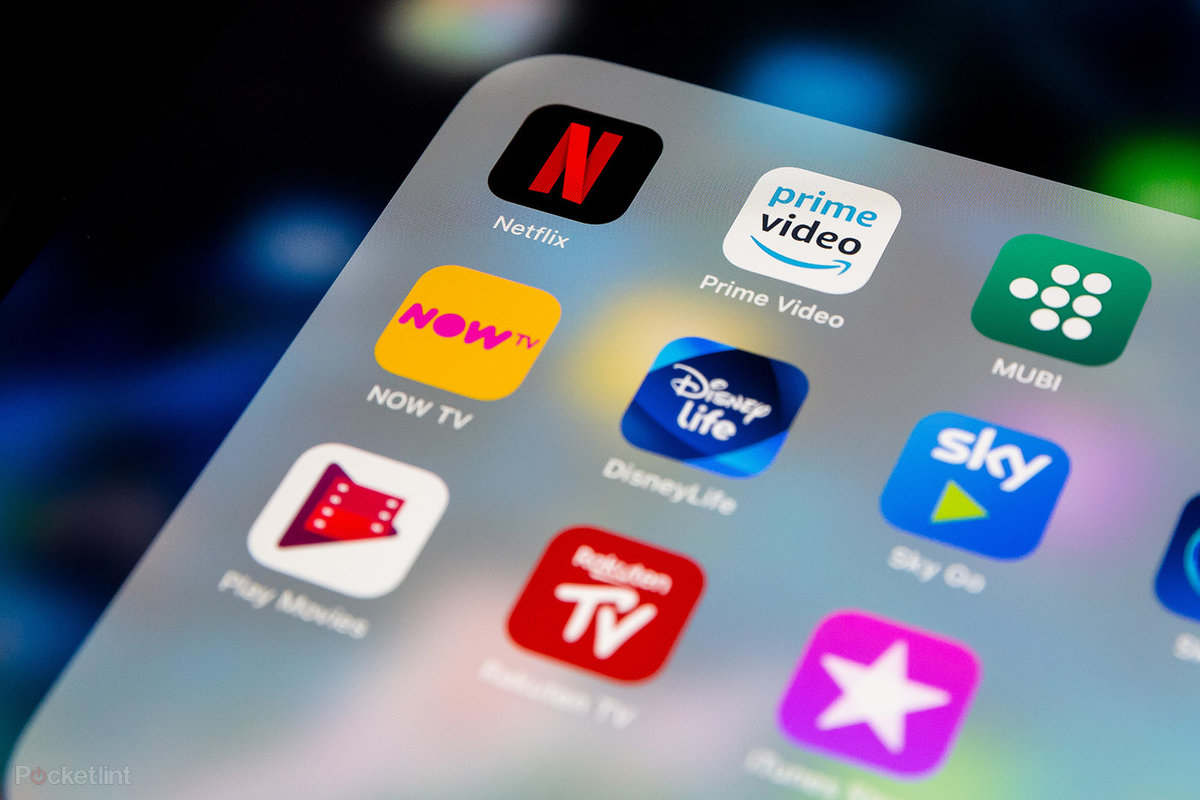Navigating the world of LinkedIn can feel like trying to crack a proper puzzle, especially when it comes to sharing links without watching your engagement take a nosedive. Many professionals wonder whether dropping a link straight into a comment is the smartest move or if it’s just asking for trouble with the algorithm. Understanding the mechanics behind link placement and how it affects your content’s visibility is absolutely crucial if you want to keep your audience engaged and your posts performing well.
Why Dropping Links in LinkedIn Comments Can Be Proper Dodgy for Your Reach
Right, so here’s the thing: LinkedIn’s algorithm isn’t exactly thrilled when you start chucking external links about. The platform wants to keep users scrolling through their feed rather than sending them off to some other corner of the internet. This means that when you share link via LinkedIn comment, you might notice your post doesn’t get the same kind of love it would otherwise. The algorithm treats external links with a bit of suspicion, often reducing the organic reach of posts that include them. It’s not that LinkedIn is being deliberately awkward, but the platform prioritises content that keeps people engaged within its own ecosystem. This creates a bit of a dilemma for anyone trying to drive traffic to their blog, YouTube channel, or any other external resource.
How LinkedIn’s Algorithm Spots and Limits External Links
LinkedIn’s algorithm is surprisingly savvy when it comes to identifying external links. The moment you paste a URL into a post or comment, the system automatically generates a preview card, which signals to the algorithm that you’re attempting to redirect users away from the platform. This detection mechanism is part of LinkedIn’s broader strategy to maximise user engagement and time spent on the site. When the algorithm recognises an external link, it may apply what many users refer to as a penalty, effectively throttling the post’s visibility. Studies and anecdotal evidence from digital marketing professionals suggest that posts with external links often experience reduced impressions and engagement rates compared to those without. The algorithm essentially decides that content pointing elsewhere isn’t as valuable to the LinkedIn community, even if the information being shared is genuinely useful or insightful.
The Impact on Visibility When You Chuck a URL Straight in the Comments
When you drop a link directly into the comments section, the impact on visibility can be quite significant. While the intention might be to keep the main post clean and engaging, placing a URL in a comment doesn’t necessarily bypass the algorithm’s scrutiny. In fact, it can sometimes make the link less visible to your audience because comments are secondary to the main post content. Users scrolling through their feed might not bother clicking through to read the comments, especially if the post itself doesn’t explicitly prompt them to do so. However, some data from late 2024 suggests that using links in comments rather than embedding them in the main post can actually lead to improved performance. One set of client data showed average impressions climbing by around twenty percent and engagement increasing by about eleven to twenty-six percent when links were placed in comments instead of the post body. This indicates that whilst the algorithm might still detect the link, the overall engagement dynamics shift in a way that can benefit your content reach.
Clever Tactics to Share Links Whilst Keeping Your Engagement Bang On
So, what’s the best way to share links on LinkedIn without watching your engagement plummet? There are a few strategies that savvy professionals are using to navigate this tricky landscape. The key is to strike a balance between providing valuable external resources and keeping your audience engaged on the platform itself. By being strategic about when and how you share links, you can maximise both your reach and the likelihood that people will actually click through to your content. It’s all about understanding the nuances of LinkedIn’s algorithm and using that knowledge to your advantage.
Using the First Comment Method After Publishing Your Post
One of the most popular tactics is the first comment method, which involves publishing your post without a link and then immediately adding the URL in the first comment. Some users even recommend waiting around twenty minutes after posting before dropping the link in the comments. The idea behind this approach is that the initial post gets a chance to gain traction and reach without the algorithm flagging it for containing an external link. Once the post has started to generate some engagement, the link can be added without as much risk of suppressing visibility. This method has been backed by client data showing positive trends in both impressions and engagement rates. For instance, one client saw average impressions increase by twenty-three percent and engagement rise by twenty-six percent when using this strategy. The approach works particularly well when the main post is rich with insights, advice, or a unique angle that naturally encourages people to check the comments for additional resources. It’s also worth noting that you should provide context around the link, explaining why it’s relevant and what value it offers, rather than just pasting a bare URL and hoping for the best.
Encouraging Direct Messages and Profile Visits Instead of Linking Directly
Another clever tactic is to skip the link altogether and instead encourage your audience to engage with you through direct messages or by visiting your profile. This approach is sometimes referred to as JFA, or Just Asking, and it can be surprisingly effective. By prompting your audience to reach out directly, you build stronger relationships and create opportunities for more personalised interactions. For example, you might write a post that teases valuable information or a resource and then invite interested readers to send you a message for the full details. One professional reported a sixty percent response rate using semi-personalised messages, which accounted for about twenty percent of the total comments on their newsletter posts. This method not only keeps your content on LinkedIn but also boosts your engagement metrics, as direct messages and profile visits signal to the algorithm that your content is valuable and worth promoting. Additionally, by directing people to your profile, you can ensure they see your LinkedIn summary, where you can include clickable links to your site, blog, or other resources. This way, you’re still driving traffic to your external content without compromising the reach of your individual posts. It’s a win-win strategy that leverages the platform’s strengths whilst working around its limitations.







